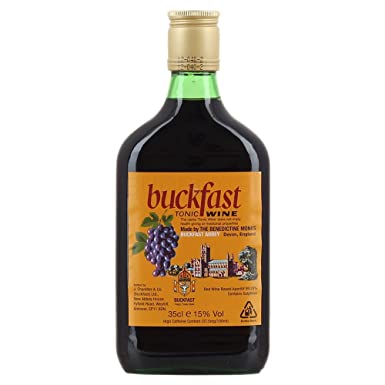TooBee...
Field Bee
- Joined
- Aug 11, 2017
- Messages
- 583
- Reaction score
- 2
- Location
- Ireland
- Hive Type
- National
- Number of Hives
- 2+ nucs
This is the opening to an article I am reading:
According to Irish mythology honeybees, wheat and rye were
first taken to Ireland all in the same boat by three Christian monks
some time after AD500. Brother Finan Cam took "the full of
his shoe" of wheat, Brother Declan "the full of his shoe" of rye
and Brother Modomnoc, under the orders of St David of Wales,
"the full of his bell" of bees (Mac Oengobann, c.805).
Does anyone with a bit of knowledge of ancient Irish history / lore know from where I could find more information on this myth ?
I've found this link which expands slightly on it,
http://www.ancientpages.com/2017/10...ssing-bees-ancient-tradition-revived-ireland/
OR even more important to what I'm researching into at the moment, does anyone else know of other accounts of bees being imported into these islands in or around the 500's AD give or take a few hundred years?
And before anyone says, yes I know this is just mythology. BUT it's very existence may suggest that monasteries, etc. where ancient centres of beekeeping and they may have aided in the spread of bees throughout Europe, and possibly also the mixing of different bee races? - There's a couple of may bees in there, get it ;-)
According to Irish mythology honeybees, wheat and rye were
first taken to Ireland all in the same boat by three Christian monks
some time after AD500. Brother Finan Cam took "the full of
his shoe" of wheat, Brother Declan "the full of his shoe" of rye
and Brother Modomnoc, under the orders of St David of Wales,
"the full of his bell" of bees (Mac Oengobann, c.805).
Does anyone with a bit of knowledge of ancient Irish history / lore know from where I could find more information on this myth ?
I've found this link which expands slightly on it,
http://www.ancientpages.com/2017/10...ssing-bees-ancient-tradition-revived-ireland/
OR even more important to what I'm researching into at the moment, does anyone else know of other accounts of bees being imported into these islands in or around the 500's AD give or take a few hundred years?
And before anyone says, yes I know this is just mythology. BUT it's very existence may suggest that monasteries, etc. where ancient centres of beekeeping and they may have aided in the spread of bees throughout Europe, and possibly also the mixing of different bee races? - There's a couple of may bees in there, get it ;-)





